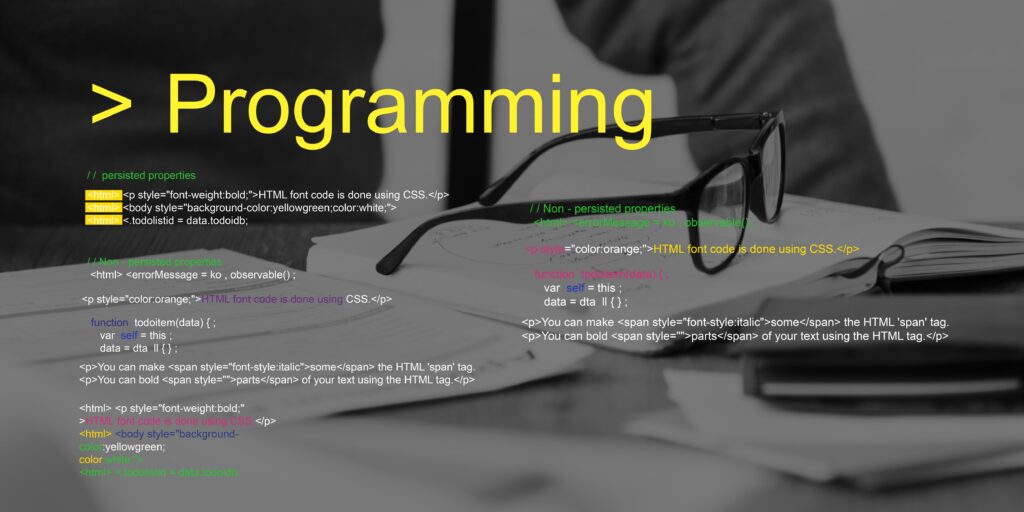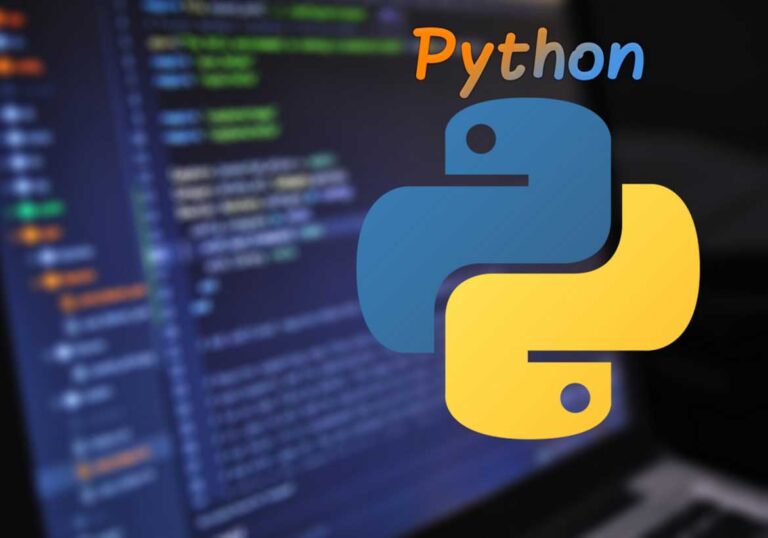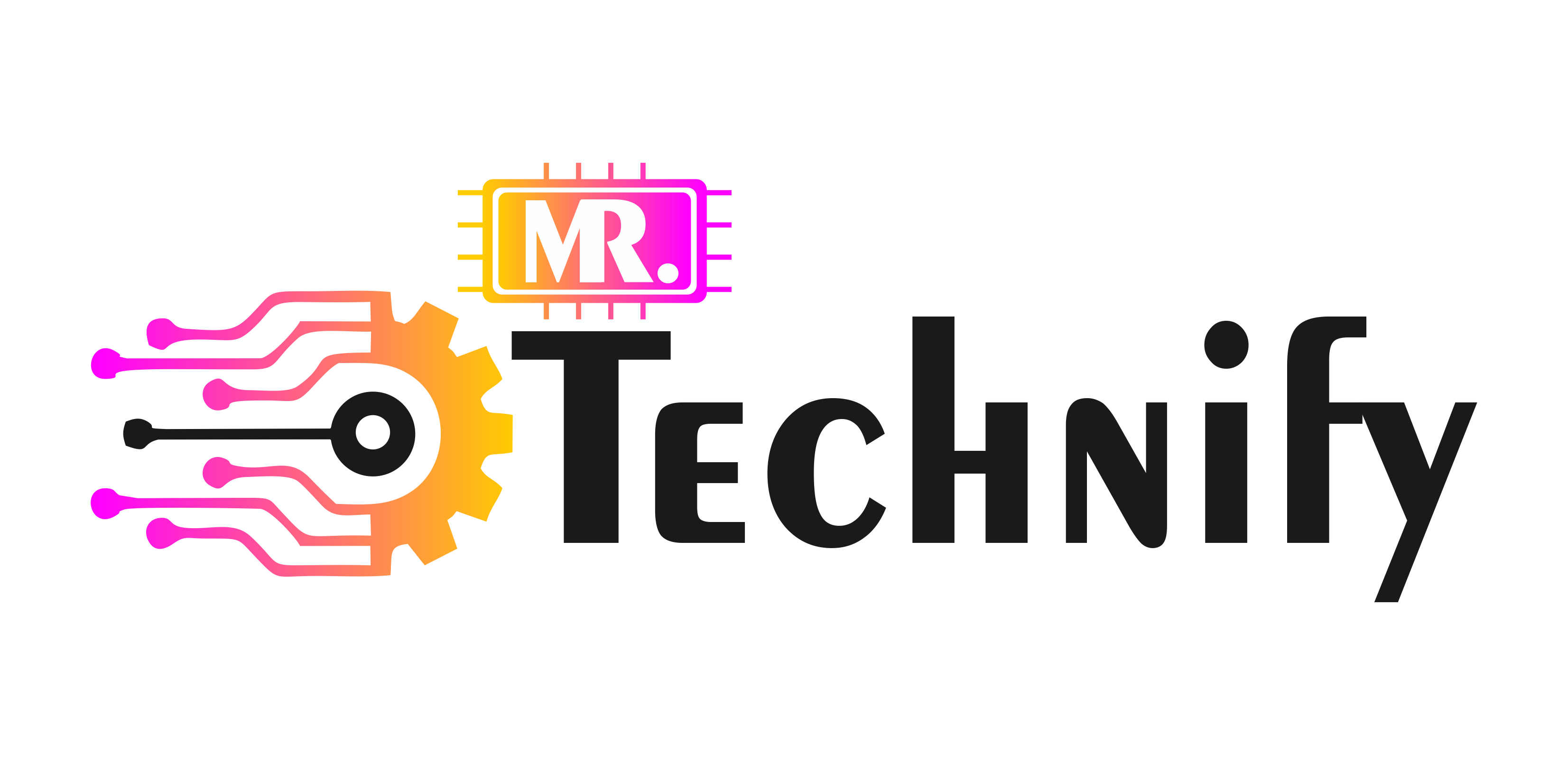Introduction to Server Side Programming Languages
Have you ever wondered how websites and applications manage to perform complex operations like user authentication, data management, and dynamic content generation? The magic lies in server side programming languages.
-
What is Server-Side Programming
It requires server procedures or programs to answer client requests, such as obtaining data from a database or processing user input.
The Importance of Server Side Programming Languages
So, why is server-side programming so crucial? Well, it’s about speed, security, and customization. Speed, safety, and customization. Server jobs improve application speed, secure critical data, and customize user experiences.
The Prominent Server Side Programming Languages
Various languages can make your server sing, but let’s focus on the big players: JavaScript (Node.js), Python, Java, and PHP.
JavaScript (Node.js)
JavaScript has applications beyond client-side web development. With the introduction of Node.js, it has become a server-side force to be reckoned with.
-
Why Choose JavaScript
JavaScript’s popularity is one of its main strengths. Since it’s already used on the client side, utilizing it on the server side makes for a seamless full-stack development experience.
Python
Python has gained fame in server side programming for its simplicity and robust Django framework.
-
Why Choose Python
With Python, readability counts. It’s easy to learn and write, making it ideal for startups and prototype development. Plus, it’s a darling in AI and data science.
Java
Java, an object-oriented language, is a seasoned veteran in the server-side arena. It powers many enterprise-level applications due to its robust nature.
-
Why Choose Java
Java’s strong typing, extensive libraries, and JVM’s platform-independent nature make it a reliable choice for large-scale, complex projects.
PHP
PHP is a classic server-side language, especially popular in web development.
-
Why Choose PHP
PHP has matured and remains a go-to for content management systems like WordPress. It’s easy to deploy and has enormous community support.
Comparing Server-Side Languages: Performance and Usability
While getting caught up in a language’s speed or efficiency is tempting, it’s equally essential to consider factors like the learning curve, community support, and available libraries.
-
Future Trends in Server Side Programming Languages
Serverless architectures, microservices, and containerization are making waves in server-side development. The language you choose today should ideally support these trends.
Selecting the Right Server Side Language for Your Project
-
Project Requirements
Consider the project’s scope, complexity, and specific requirements. PHP may easily handle a simple blog, while an AI-driven application could benefit from Python’s strengths.
-
Team Expertise
Consider your team’s skill set. It’s better to leverage existing expertise than to choose a language no one is comfortable with.
Conclusion
Choosing the appropriate server side programming language depends on several factors and your specific use case. Remember that there is no universal solution. Understanding the advantages and disadvantages of each language and implementing them effectively is the actual test of skill.
FAQs for Server Side Programming Languages
Why is server-side programming important?
It increases security, optimizes application speed, and enables customized user interfaces.
How to choose the right server-side programming language for my project?
Consider factors like project requirements, team expertise, future trends, and the language's community and support.




